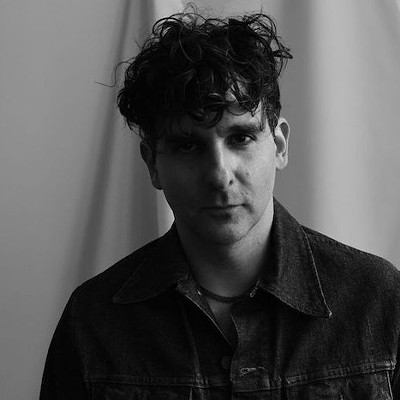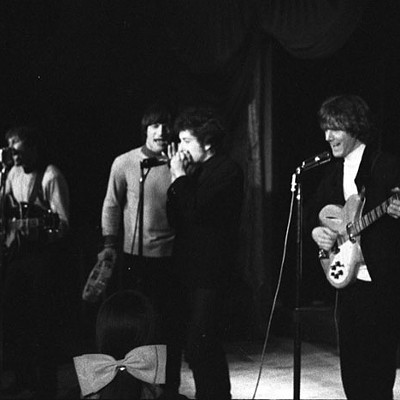Good intentions are one thing. Perception vs. reality is another. So goes the story with the recent outpouring of outrage and defensive stances over Beyonce's French fashion magazine photo shoot for L'Officiel Paris. The Houston icon used dark brown facepaint to pay homage to her roots, specifically African singer Fela Kuti, whose story and music left a lasting impression on the singer.
But both Beyonce and the magazine's choice of artistic expression has rubbed some members of the African-American community the wrong way. Others have collectively sighed of frustration, effectively saying, "What's the big deal?"
Like will.i.am and British singer Estelle before her, Beyonce's creative expression may have been misinterpreted - but fairly or unfairly is the question. Estelle, who dipped herself in black body paint for a music video, responded to her critics, "I'm black, so how do I do blackface?"
Damn good question.
Beyonce could very well ask the same thing, but the raw nerves that even the appearance of blackface strikes, intended or not, defendable or not, may be too overwhelming for the naysayer.
"Seeing a person of color put the blackface on, it's like black on black crime," says Tracey Ricks Foster, a blogger for the Washington Review and a blog show radio host of the African-American Literary Review, the only black thought leader to respond to our requests for comment.
For those who slept through history class and want to know the genesis of the hypersensitivity around Beyonce's latest magazine spread, blackface is one of America's many black eyes when it comes to race relations. It's a complex and deep issue, but in summation, blackface minstrelsy - in which white people portrayed blacks in blackface - was one of the first forms of American theatre in 1830s and '40s.
According to Eric Lott's 1993 book, Love and Theft: Blackface Minstrelsy and the American Working Class, there were comic songs in which blacks were "roasted, fished for, smoked like tobacco, peeled like potatoes, planted in the soil, or dried up and hung as advertisements."
"When you look at the history of blackface and how it was created by Caucasian performers, they characterized black people as lazy, unintelligent, eating watermelons and fried chicken," says Foster. "The real stereotypes that African-Americans have to deal with today were created then and they are alive and well."
But this isn't a time to hang Beyonce on the cross, says Foster. When asked what she'd like Beyonce to do - she still hasn't released a statement - Foster says, "nothing."
"There's nothing she can do at this point," she continues. [The pictures] will always be out there. An apology is not necessary. This is a teaching moment. We don't need Beyonce to release a statement. This is an opportunity to look back at our history and make more educated choices. That's really what it's all about: being sensitive about choices."
Beyonce's latest mini-plight raises a good question, though: When is it OK to put the past behind us and just let artists be artists? It may be the trickiest question there is, because like magazine art may be in the eye of the beholder, the weight and magnitude of injustices are on the backs of their victims.






